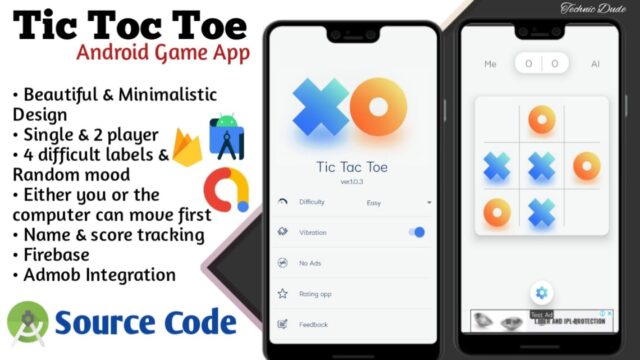Illumination is the amount of source light incident on the scene. It is represented as i(x, y).
Illumination is what it seems, the light shining on your screen or a reproduced version of your image. A (standard) illuminant on the other hand, is more likely what your question pertains to.
Due to the fact that the colour of the same objects may and often does look different under different lighting conditions (thriugh a phenomenon cakes metamerism), some of these conditions have been standardised so printed colour work can be assessed predictably, and digital images serving as a source can be edited in the same conditions.
Aside from the involved spectral differences, the main easily perceivable difference between the various standard illuminants is the white point. It has to do with the tint of the “white” light source when compared with other sources (on its own any light source will look white due to our vision’s adaptability, but put next to each other you see how light can be warmer like the orange sunset or colder like many LEDs).
So white point has to associated with colour temperature measured in Kelvin. E.g., daylight is 6500K, luminescent light is 3200K, incandescent is 2800K, etc. Standard illuminants take this a step further: e.g., D50 is one example, 50 relating to its 5000K colour temperature and the rest of the properties having to do with a spectral composition of the light source.
D50 is a standard in many prepress workflows for a number of reasons:
- It’s in the middle of real-life light sources’ cookie temperatures, and as such is a good approximation for most use cases;
- It is spectrally similar to sunlight so there are no weird dropouts from the Tangier of cookies reproducible under such a light source/illuminant
- Most importantly, if editing a digital original in a colour space (ICC profile) based on D50 in a calibrated environment, you can expect the colours to be maintained when proofing to a printed medium and further in the print run — provided the results are viewed under D50. And that is just what light booths for proofing are equipped with. So a printer will never worry that the print doesn’t match the proof under D65 (daylight), but will do his best to match under D50








